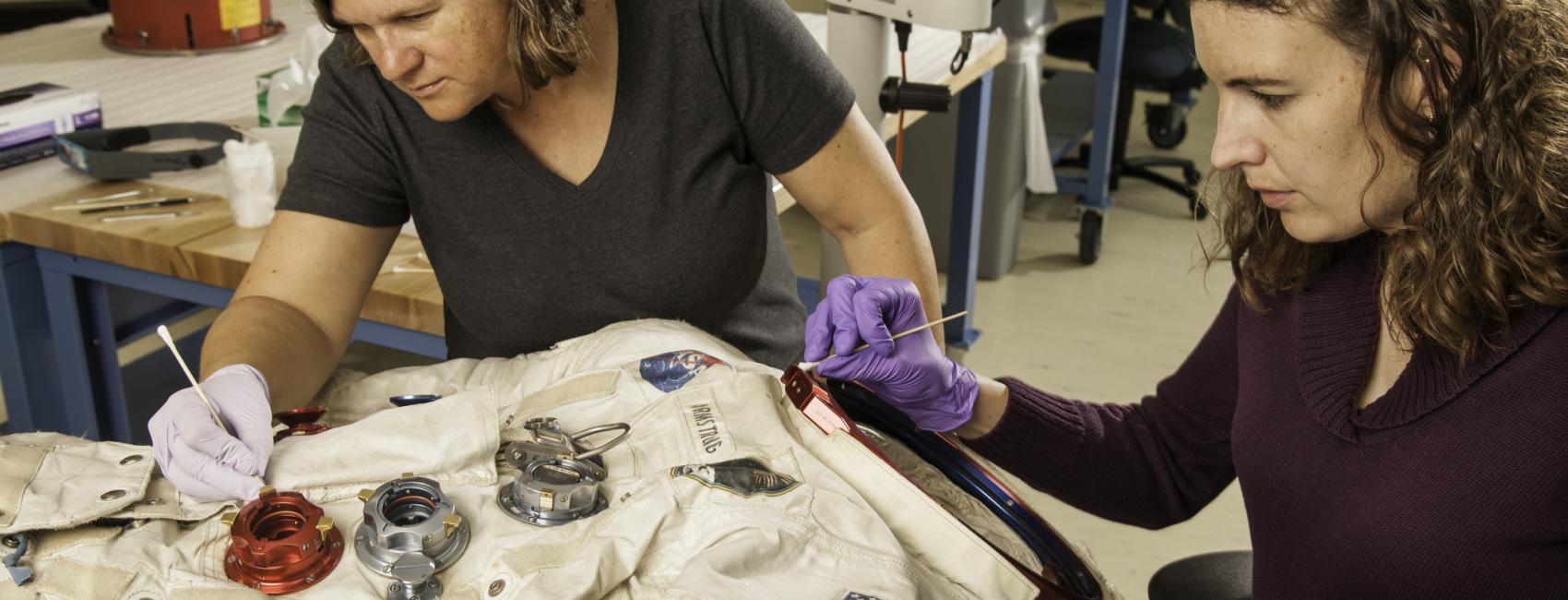
The New Moon
National Air and Space Museum in Washington, DC
Free, Tickets Required

National Air and Space Museum in Washington, DC
Free, Tickets Required
Watch the webcast on Air and Space Live or attend in person:
7:30 pm Meet the lecturer
8:00 pm Lecture begins
9:00 pm Stargazing in the Phoebe Waterman Haas Public Observatory, weather permitting
Although lunar exploration went on an extended post-Apollo hiatus, in the last decade, numerous spacecraft have sent back revolutionary new views of both the Moon’s ancient history and how its surface continues to change today. In this Exploring Space lecture, planetary scientist Brett Denevi will provide an update on lunar science.
Brett Denevi is a planetary scientist at the Johns Hopkins University Applied Physics Laboratory. Her research interests include the origin, composition, and evolution of planetary surfaces. She is the deputy principal investigator of the Lunar Reconnaissance Orbiter Camera (LROC), and was the deputy instrument scientist for MESSENGER's Mercury Dual Imaging System (MDIS).
This lecture is free but tickets are required. All new ticket requests are for overflow in the Albert Einstein Planetarium. Reserve your tickets now.
To request an ASL interpreter, please email NASMPublicLectures@si.edu. We recommend that you submit your request for this event by April 10, 2019.
The Old Moon and the New
Lunar samples and data from Apollo transformed our understanding not only of the Moon but of solar system science as a whole. To view the lunar surface is to look back through time, at terrains that record the story of the early development of the Moon and planets. In honor of the 50th anniversary of the Apollo 11 Moon landing, this series will explore what the Moon has taught us, what it continues to teach us, and what new windows it may yet open in science, technology, and exploration. Four distinguished speakers will look at lunar exploration with an eye toward yesterday, today, and tomorrow.
The Exploring Space Lecture Series is made possible by the generous support of Aerojet Rocketdyne and United Launch Alliance.

We rely on the generous support of donors, sponsors, members, and other benefactors to share the history and impact of aviation and spaceflight, educate the public, and inspire future generations. With your help, we can continue to preserve and safeguard the world’s most comprehensive collection of artifacts representing the great achievements of flight and space exploration.
We rely on the generous support of donors, sponsors, members, and other benefactors to share the history and impact of aviation and spaceflight, educate the public, and inspire future generations. With your help, we can continue to preserve and safeguard the world’s most comprehensive collection of artifacts representing the great achievements of flight and space exploration.